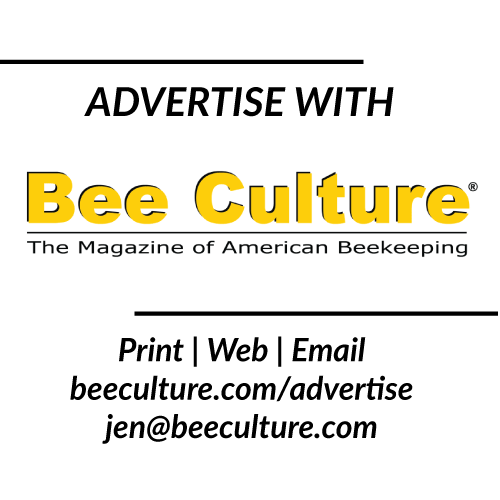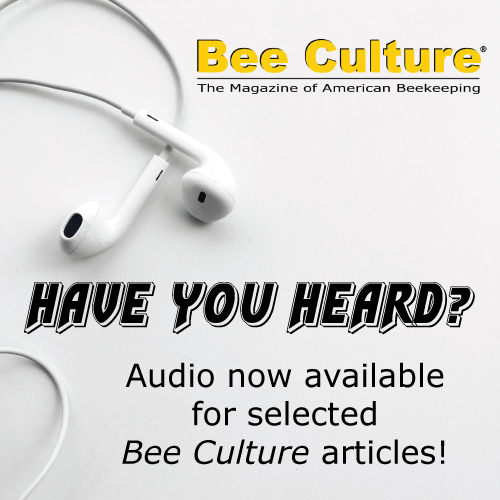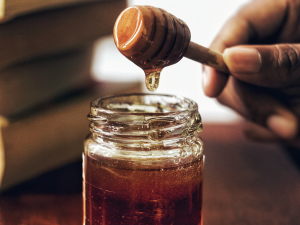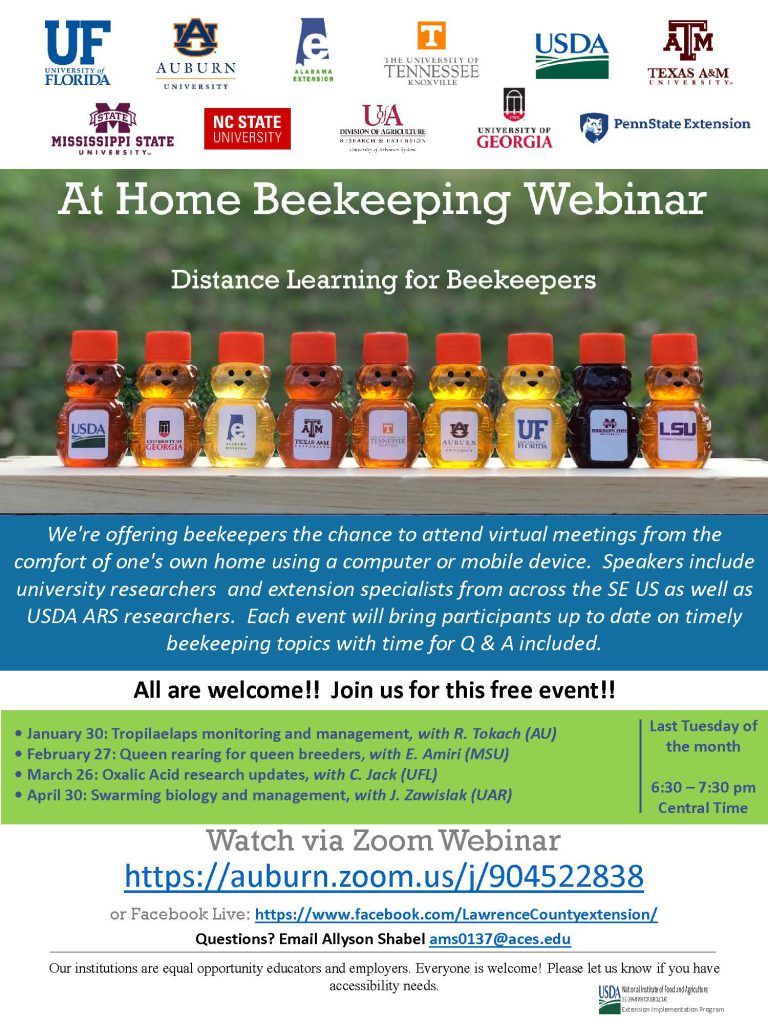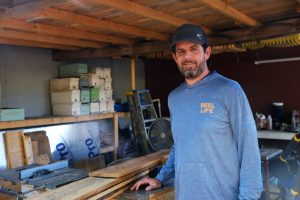Honey business booms at Dutch Gold Honey
Dutch Gold Honey, a family-owned Lancaster company, was founded in 1946 after Ralph Gamber bought three beehives for $27. Today, the company, led by his daughter, Nancy Gamber Olcott, has grown to a more than $290 million enterprise, selling honey nationwide.
Nancy Gamber Olcott shares the story with Central Penn Business Journal.
CPBJ: How did Dutch Honey get started?

Dutch Gold Honey CEO Nancy Gamber Olcott – PHOTO/MARK YANG/ BAMBOO SHOOTS MEDIA
Gamber Olcott: After a heart attack in his early 30’s, Ralph’ Gamber’s doctor suggested he find a hobby, something relaxing. When three beehives and some bee equipment showed up at an auction in the spring of 1946, Ralph was determined to resurrect his childhood fascination with honeybees.
So as the high bidder, at $27, he loaded three hives into his car and headed home to his wife, Luella, who is allergic to bee stings. As if that was not bad enough, the family lived in Lancaster city on State Street and there was not enough yard for three beehives. Not Ralph’s best day!
In 1957, the Gambers were entertaining Woodrow and Rita Miller from California in their Lancaster home. The Millers also had a honey company, so of course after dinner, the conversation turned to business. The quest to find a novel container for honey was the topic for the evening and the end result was – the squeezable honey bear!
Now, the most popular and best loved honey container in the country, the squeezable honey bear was born at the Gamber’s dinner table.
The early plastic honey bears did not have the eyes and noses painted on by the manufacturer, this was the summer job for daughters Marianne, Nancy and their friends. Occasionally, the honey bears were also painted with bright red lips, much to the displeasure of Ralph!
CPBJ: When did the Gamber children join the company?
Gamber Olcott: The Gambers had three children, Bill, Marianne and Nancy, all of whom grew up with the business. They all graduated and moved into other industries, only to return to Dutch Gold Honey as the company expanded and could support additional family members.
At this point, both Bill and Marianne have retired from day-to-day activities. I have served as the company president and CEO since the early 2000s. The third generation of Gamber family, Ralph and Luella’s granddaughter, Emily, is also involved in the company.
CPBJ: When and how did the company go from a small operation to a major player in the honey business?
Gamber Olcott: The company’s sales started to outpace the volume of honey Gamber could produce from his 200+ beehives.
He began reaching out to beekeepers to buy their honey crops, so that Dutch Gold would have enough honey to package. With honeys from various regions reflecting the area’s unique flowers and blossoms, Dutch Gold began marketing honey by floral source; Orange Blossom and Tupelo honeys from Florida, Buckwheat Honey from New York, and Alfalfa Honey from Wyoming.
Distribution grew across the east coast. In addition to the Dutch Gold branded items, the company began to package honey for retail private label programs, and supply honey to food manufacturers.
CPBJ: When did the company move to its current location?
Gamber Olcott: The business started in the Gambers kitchen in 1946 and by the mid-1950’s it had overwhelmed the house. The open lot across the street from their home was purchased and the first “honey house” was built, with a 30 second commute across State Street.
After several additions and trying to unload tractor trailers of honey and packaging materials on a city street, the Gambers bought a 20-acre farm off Rohrerstown Road, close to Route 30. The original 40,000 square foot facility was opened in 1974. The business is still on the same site, but the footprint is now over 200,000 square feet.
CPBJ: What goes into honey production and where are the bees kept these days?
Gamber Olcott: Honey production requires healthy honey bees, plenty of forage area and the cooperation of Mother Nature!
Honeybees collect nectar from flowers and blossom and return this to their hive. The watery nectar is transformed into honey, via the addition of natural enzymes from the honeybee. The honeybees also dehydrate the honey by creating air current through the hive by fanning their wings, in what could be called nature’s most perfect dehumidifier.
Once the honey has been “ripened” the honeybees cap each hexagonal cell with honeycomb. Luckily, honeybees produce more honey then they need to sustain their hive, and beekeepers can remove the excess honey, extract the honey from the honeycomb.
As the beekeeping and honey packaging business expanded, the Gambers faced a question – who do we take of – the honeybees or our honey customers? The honey customers were chosen and the Gambers focused on processing and packaging honey and relied on commercial beekeepers to provide the honey.
CPBJ: When did maple syrup come into the mix?
Gamber Olcott: In 1997, Dave and Wanda McLure, owners of McLure’s Honey & Maple Products, from Littleton, New Hampshire, were looking to sell their business.
This was a perfect acquisition for Dutch Gold, as it added another pure and natural sweetener to the product offering. The plant in Littleton is still fully operational and packages both honey and maple syrup.
CPBJ: From fiscal year 2021 to 2022, the company grew in revenue by 46%. Is that normal growth?
Gamber Olcott: Revenue is driven by the price of our key material – honey! Honey prices skyrocketed due to increased demand from COVID and new tariffs placed on imported honey from certain countries.
CPBJ: How did the company fair during COVID?
Gamber Olcott: Like many other food manufacturers, Dutch Gold Honey was incredibly busy during the COVID years.
We experienced demand levels that were at all-time highs. Honey is a shelf stable food that can be used in a variety of ways. I am sure many people were baking honey bread and enjoying a relaxing cup of tea with honey during the height of the pandemic.
Thanks to the commitment and diligence of our employees, we remained fully operational during the crisis.
CPBJ: Why is honey so popular?
Gamber Olcott: Honey is the perfect sweetener and consumers love the wholesomeness it brings to foods. In addition to the honey section of your local grocery store, you will find products with honey in nearly every aisle of the store, from the dairy case, to the breakfast cereal, bakery and snack food for aisles.
Honey is a key ingredient in beverages as well, including craft beers and distilled spirits. Honey delivers value and a good for you feeling, that other sweeteners can’t match.
CPBJ: Why is Dutch Gold important to the local community?
Gamber Olcott: As the company became more established, one of the most important accomplishments of my parents was the establishment of the Gamber Foundation.
This foundation is focused on our local community and supporting those in need. In 2022, the Foundation donated to 22 local charities, including the Boys and Girls Club of Lancaster, Lancaster/Lebanon Habitat for Humanity, Salvation Army, Milagro House, Water Street Health Services, and Schreiber Pediatric Rehab Center.
We are here to share current happenings in the bee industry. Bee Culture gathers and shares articles published by outside sources. For more information about this specific article, please visit the original publish source: Honey business booms at Dutch Gold Honey – Central Penn Business Journal (cpbj.com)

